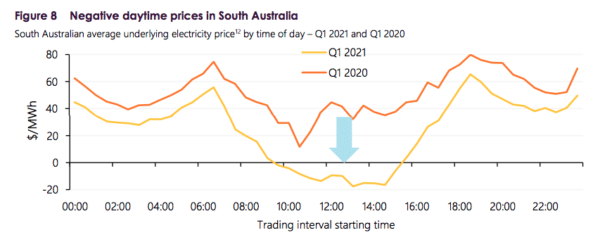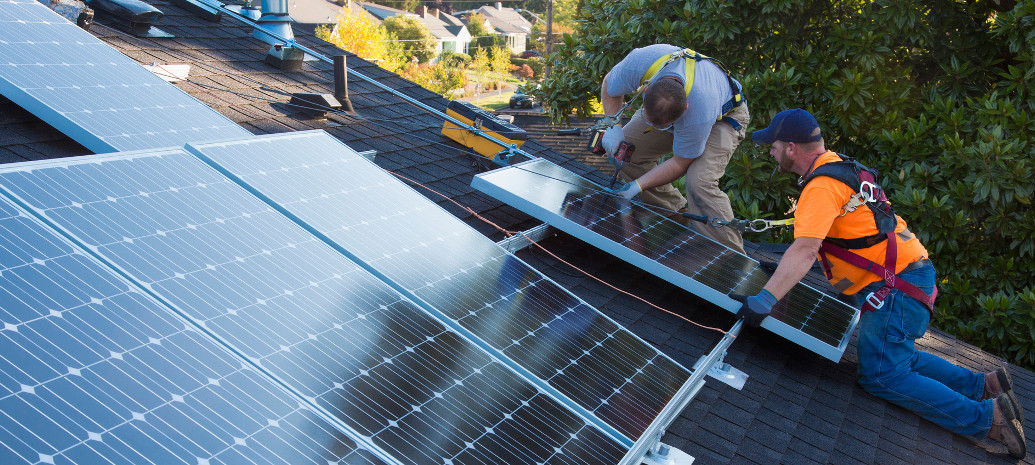The South Australian government’s $4.25 million Switch for Solar pilot program launched on Monday, offering 1000 eligible residents a free solar system to forgo their energy and Cost of Living concession payments for 10 years.
The program is designed to remove the main barrier to solar uptake – the cost of buying and installing the solar system. The state government’s modelling estimates participating households will be between $210 to $665 better off every year compared with simply receiving their allocated concession payments.
The solar systems being offered as part of the pilot are 4.4 kW and will be installed by the government’s selected partnering companies Sharpe Energy Hub and Zen Energy. The systems will be installed at no upfront cost, though a “small fee” may be payable if a non-standard installation is required, the Marshall government’s media release said.
The suburbs selected for the pilot program include Hope Valley, Banksia Park, Tea Tree Gully, Vista, Modbury, Modbury Heights, Modbury North, Felixstow, Campbelltown, Newton, Paradise, Athelstone, Dernancourt, Holden Hill, Highbury, Redwood Park and Ridgehaven and Goolwa and Hindmarsh Island in regional SA.
These areas were selected by the Department for Energy and Mining based on where the network can best accommodate the volume of solar installations.
Eligible households will need to own their home and not have an existing solar system. Naturally, they will also have to be beneficiaries of the energy and Cost of Living concession payments, which go to low income households, people on certain Centrelink payments, and those who hold an eligible concession card.
The state government said it will contact eligible concession holders in the selected suburbs directly.
Nitty gritty of the concession swap deal
South Australia concession holders can receive up to $215.10 per year from the Cost of Living Concession and up to $231.41 per year towards their energy bill as part of an energy concession, totalling up to $446.51. Swapping this payment for a decade would mean the government recovers a total of $4,460 for the solar system.
While this ultimately works out to be a fairly average price for a mid-sized solar system, the concession holder also saves money on their electricity bills, leading the government to its estimate that participating households will be up to $665 better off under the Switch for Solar program.
“Modelling shows that electricity cost savings from the free solar system will outweigh the two concessions foregone,” Minister for Energy and Mining Dan van Holst Pellekaan said.

Australian Energy Market Operator
South Australia is already flooded with solar energy, regularly plunging wholesale electricity prices below zero. In other words, utilities pay consumers to use electricity to get it out of the flooded grid. The state has also recently been subject to multiple interventions by the Australian Energy Market Operator (AEMO), which has had to order power generators to remain on even when it is unprofitable in order to stabilise the flow to electricity.
As much of a headache as this is for AEMO, it is a symptom of the state’s remarkably high solar generation. As minister van Holst Pellekaan notes, more than 56% of electricity generated in South Australia was from renewable sources last financial year. The state is aiming for net 100% renewable generation by 2030.
This content is protected by copyright and may not be reused. If you want to cooperate with us and would like to reuse some of our content, please contact: editors@pv-magazine.com.









Do mt gambier concession holders access this government scheme